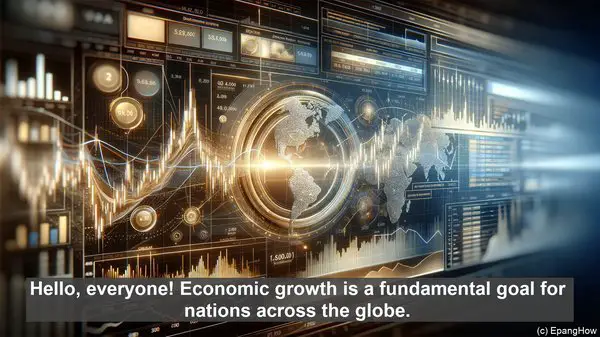Introduction: The Quest for Economic Growth
Hello, everyone! Economic growth is a fundamental goal for nations across the globe. It drives prosperity, improves living standards, and fosters innovation. Over the years, economists have developed various theories to explain the mechanisms behind economic growth. Today, we’ll focus on two significant theories: endogenous growth theory and exogenous growth theory.

Exogenous Growth Theory: The Early Paradigm
Exogenous growth theory, which gained prominence in the mid-20th century, posits that economic growth is primarily driven by external factors. These factors include technological advancements, changes in labor force, and capital accumulation. According to this theory, growth is largely influenced by exogenous, or external, shocks. For instance, a breakthrough invention or a sudden surge in labor supply can lead to economic expansion.
Endogenous Growth Theory: A Paradigm Shift
Endogenous growth theory, on the other hand, emerged in the 1980s as a response to the limitations of exogenous growth theory. It argues that economic growth is not solely dependent on external factors but can be generated from within the system. In this framework, factors such as human capital, knowledge accumulation, and innovation play a pivotal role. Unlike exogenous growth theory, endogenous growth theory suggests that growth can be sustained in the long run, rather than being subject to diminishing returns.
Key Differences: Factors and Sustainability
One of the primary distinctions between the two theories lies in the factors that drive growth. Exogenous growth theory emphasizes the significance of external shocks, while endogenous growth theory underscores the importance of internal factors, particularly knowledge and innovation. Moreover, while exogenous growth theory suggests that growth may eventually slow down due to diminishing returns, endogenous growth theory argues that through continuous innovation and investment in human capital, sustained growth is possible.
Implications: Policy and Development
The divergent perspectives of these theories have profound implications for policy-making and development strategies. Exogenous growth theory implies that policies should focus on creating an enabling environment for external factors to flourish, such as providing incentives for research and development. On the other hand, endogenous growth theory suggests that policies should prioritize investments in education, skill development, and fostering a culture of innovation. By aligning policies with the underlying growth theory, nations can chart a more targeted path towards economic progress.

